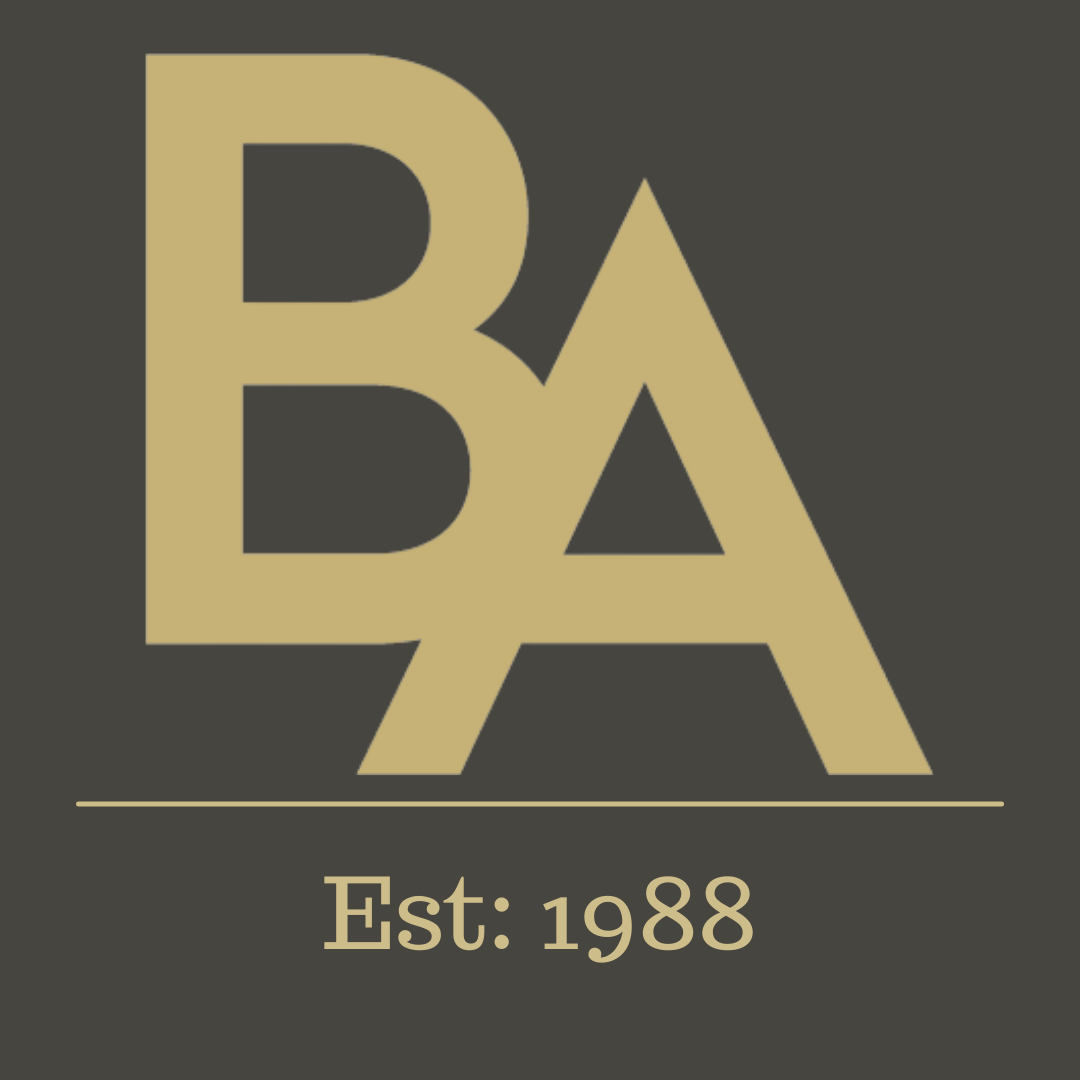
⭐️⭐️⭐️⭐️⭐️ Had my first appointment today with Beauty Advance BA for eyebrow tattoo removal/tidy up and they were absolutely fantastic! India made me feel so relaxed and in control of what I was looking for. Not once did I feel this was all about money, it was about what I was happy with! Started with a skin test, which went well. I felt totally comfortable with her advice. I have my next appointment in August, but I’m very excited already with what was achieved today and I look forward to my next visit! Would recommend already 100%.

⭐️⭐️⭐️⭐️⭐️ Just finished my 6month review of emface treatment. The treatment has made a difference to my face, lines have diminished and the jowls seem tighter and lifted. There has been an overall improvement to my skin generally, it’s brighter and the red uneven patches are less. I will certainly have another course of treatment in due course. From Daniela to India, Hannah and Sophie - their care and attention to detail has been wonderful and really looked after me - thank you ladies for a great experience.

⭐️⭐️⭐️⭐️⭐️ I have had 2 treatments so far for laser tattoo removal. I can honestly say that I have felt completely welcome and relaxed each time. During my consultation and first appointment, I felt very educated about the treatment and India and Hannah left me feeling completely confident and happy with the payment plan, and overall service that they offer. They are also chatty and down to earth!! I would definitely recommend them to anyone.

⭐️⭐️⭐️⭐️⭐️ I am happy to have booked with Beauty Advance, who came highly recommended ! At my consultation India explained everything about my treatment with clarity ! The staff are always very friendly and welcoming I look forward to my visits. I am at the beginning of my laser hair removal sessions however I can already see impressive results!

⭐️⭐️⭐️⭐️⭐️ Very happy with the service provided, and the experience with in clinic. Very clean and tidy, and the staff were wo welcoming. Thank you!

⭐️⭐️⭐️⭐️⭐️ I've now used Beauty Advance for a variety of treatments, & without exception their service, approach to customer engagement & service, knowledge & expertise, has been exceptional. I cannot recommend them highly enough.

⭐️⭐️⭐️⭐️⭐️ Friendly, helpful staff, always willing to go above and beyond for their customers. The products they sell are fantastic especially the facial cosmetics, I have sensitive skin and their products are so gentle in my skin, and works wonders, I highly recommend this business, India, Sophie and Alannah are always super helpful and friendly, I cannot recommend it enough.

⭐️⭐️⭐️⭐️⭐️ Excellent service. Friendliest staff I’ve ever dealt with. Already seeing great results after only having a few sessions. Very LGBT+ friendly as well

⭐️⭐️⭐️⭐️⭐️ I attend a couple of times a year for clear lift facials to slow down the signs of aging in my ‘problem areas’. I am always pleased with my results and there is no down time, which is great!
The staff are always friendly to me when I visit and it is always welcoming and clean.

⭐️⭐️⭐️⭐️⭐️ Been going here for years can tell you how happy I have been with treatments and service and would recommend to male female young and old.

⭐️⭐️⭐️⭐️⭐️ The team and the vibe were just incredibly welcoming. India had all the time in the world to discuss the procedures they offer, didn’t shy away from the risks or pain involved and made sure I understood what was going to happen. Couldn’t recommend them enough!

⭐️⭐️⭐️⭐️⭐️ I am part of the LGBTQ community and I’ve been using this business for awhile now and the staff in there, they are really great and I always feel safe coming to this clinic. I love going there to have my treatment and great value for money ❤️

⭐️⭐️⭐️⭐️⭐️ Professional and kind service, experienced and careful staff. Very good communication and good advice. Always available for any questions or concerns. Talk you through the process and put you at ease. 10/10.

⭐️⭐️⭐️⭐️⭐️ Very friendly and welcoming staff. Did an excellent job and were professional and helpful throughout. Would definitely recommend!

⭐️⭐️⭐️⭐️⭐️ Alannah did my treatment and she was fantastic, very kind and thorough. made meme feel at ease. nothing was too much for her. Always a fantastic experience here with India also and Sophie is always very helpful and offers a friendly welcome. Highly recommend everything about this place!!

⭐️⭐️⭐️⭐️⭐️ Great experience here today. Felt relaxed with my treatment from start to finish. Thank you 😊 would definitely recommend x

⭐️⭐️⭐️⭐️⭐️ I had a type of laser on my love handles. I was quite nervous about it but the staff were so kind and accommodating. Loved that it felt warm too. I ended up falling asleep because I was so relaxed. Lol. Thank you!


